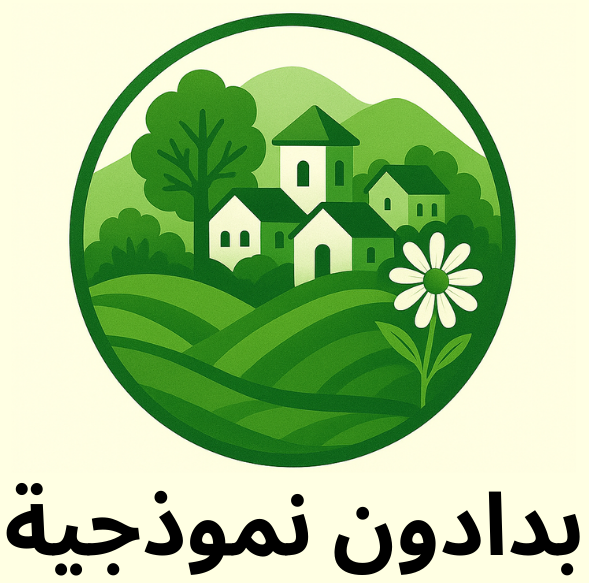Surrounding Area
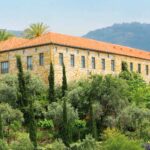
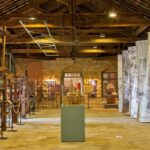
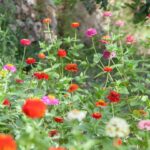
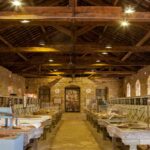
About the Museum
Originally built by the Fayad family, the building functioned as a silk factory from 1901 until 1954. After a period of abandonment and brief occupation during the Lebanese Civil War, the property was acquired and restored by George and Alexandra Asseily. In 2000, it was reopened as the Silk Museum, aiming to highlight the 1,500-year-old history of silk production in Lebanon .
Exhibits and Features
Live Silkworm Demonstrations: Visitors can observe the lifecycle of silkworms, from hatching to cocoon formation, and learn about the process of silk thread extraction and weaving.
Historical Artifacts: The museum houses vintage looms, traditional Lebanese silk garments, and tools used in silk production, providing insight into the craftsmanship of the era.
International Silk Collections: Exhibitions feature artisanal silks and weavings from countries along the ancient Silk Road, including China, Japan, and the Middle East
Eco-Museum and Gardens: The surrounding gardens, replanted with mulberry trees essential for silkworm rearing, serve as a reminder of the ecological aspects of silk production.
The Silk Museum offers a comprehensive look into Lebanon’s silk industry, blending historical exhibits with live demonstrations and ecological awareness. It’s a must-visit for those interested in cultural heritage, traditional crafts, and the history of the region.
